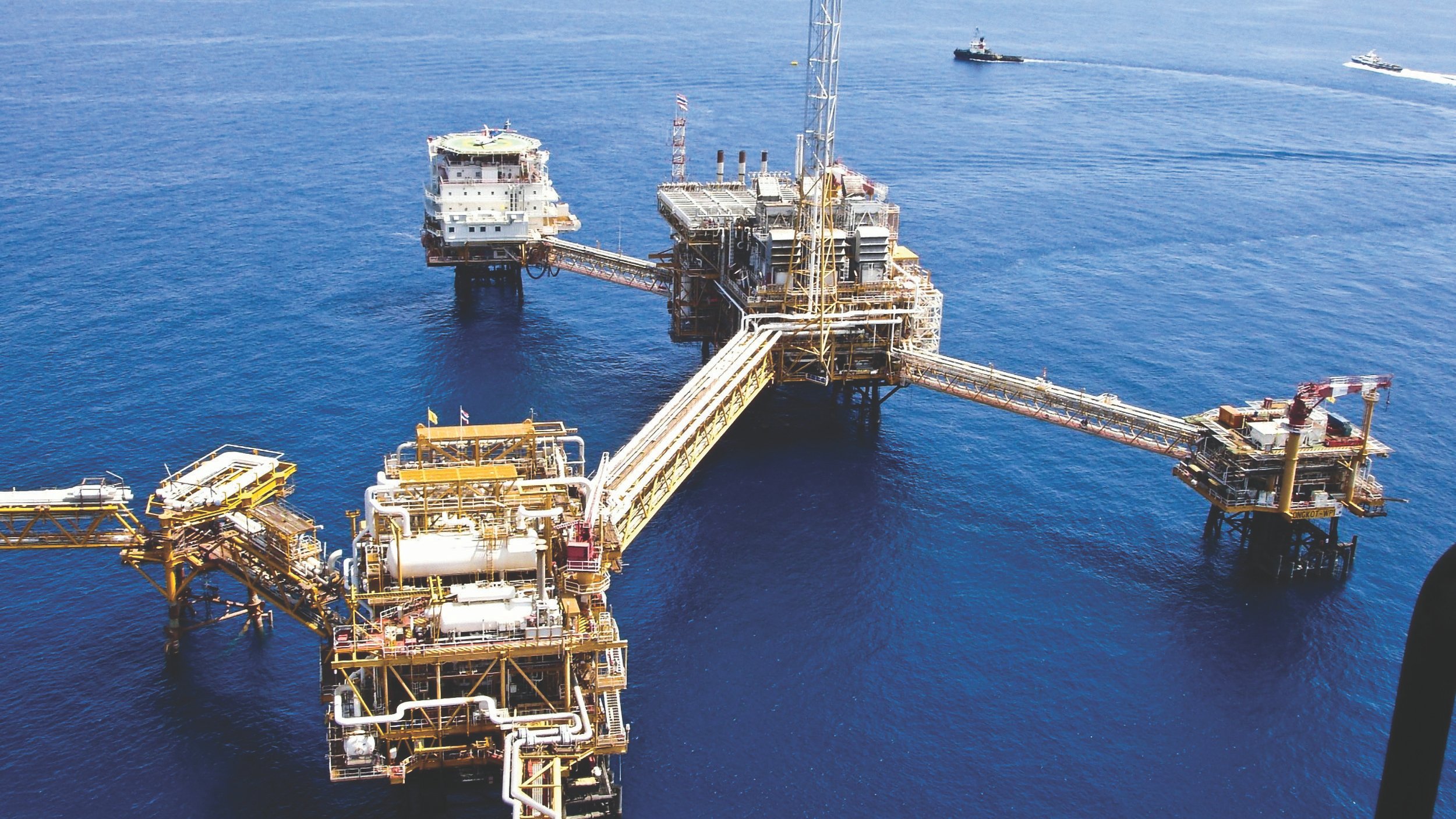Recommended For You
The oil and gas industry is joining other industries facing some difficult product lifecycle decisions. With the average age of offshore oil platforms over 24 years old, the operators of these platforms must decide how to support their existing legacy automation while planning for downtime scenarios as well as buying time to plan modernization. This is leading these companies to start looking at comprehensive support solutions to extend the lifecycle of the installed base to bridge the gap to their migration.
Even before the recent downturn in oil prices, oil and gas companies have been reviewing how to maintain their installed base of automation control equipment while limiting planned and unplanned downtime. Every phase of the operation, from drilling and extraction through the pipelines to refining, are tasked with doing more with less.
One major challenge is that while many companies in industries such as food and beverage or paper products have regional or even local production facilities in metropolitan areas, oil and gas operations are often remote, with little to no maintenance and support staff manning the platforms. In addition to the logistics, there are other factors in supporting these platforms.
First, while platforms continue to age, the operators change over the lifecycle of the platforms. This creates a scenario in which different operators want to maintain their installed base without modernizing for as long as they can to leverage the accumulated knowledge instead of having to learn a new piece of equipment.
Secondly, each time a change is made there is validation that needs to occur that can cost more than the migration. Finally, while no one knows how long the downturn will last, there is increased pressure to find efficiencies and hold off on capital expenditures.
Recognizing they have limited maintenance resources, oil and gas companies are reaching out to their suppliers for support.
The first step for any industrial company is to understand their automation equipment inventory. Although offshore platforms may have limited space, it is still difficult to maintain an accurate data source for an installed base across multiple platforms that make up an extraction location.
Add to that spares inventory stored on-shore, and there are multiple opportunities for a missed spare. This leaves the asset exposed to extended downtime that is further magnified if the missing part is for a discontinued product. For operators to make educated decisions they need to understand what is installed, where it is installed, and the spares available to support them. It is also essential to understand the lifecycle status of the parts installed.
After the operator understands the equipment inventory, where it is, how many spares and what lifecycle stage the products are in, it's easier to make educated decisions about the best path forward, migration or mitigation of risk.
They can mitigate their risk in many ways, but the most basic approach is to procure spares for the available parts and get access to repair support for the discontinued parts. For an offshore oil platform, the spares amount needs to be carefully considered. Based on locations of these platforms, there are lead times, shipping time, and customs to take into account.
What might be a 24 hour delivery in urban areas may take up to two weeks depending on location. With this extra lead time, additional spares may be required. For parts that are discontinued, placing spares onsite may not be an option so other options are required. One option is to utilize repair.
This is a process that many offshore oil and gas companies have not used often in the past because of the locations of operations. Also, many of the installations are from one of a few OEMs that provide specific solutions that are either networked or have specific programs that make them proprietary. Based on this, offshore oil and gas platforms usually replace failed units with new units from the OEM. But as these items become discontinued, the OEM's stock becomes unavailable, and this is when the product manufacturer's ability to repair becomes important.
In addition to repair, it is important to have access to expert support in the event of a failure or for installation. This could come in the form of remote support or on-site support. Ultimately, a modernization plan is the goal of all end users, but knowing that migrations cannot all be done at one time, customers need to have the correct plan.
Please visit our web site to learn more about lifecycle extension and migrations solutions.
Published May 6, 2015


